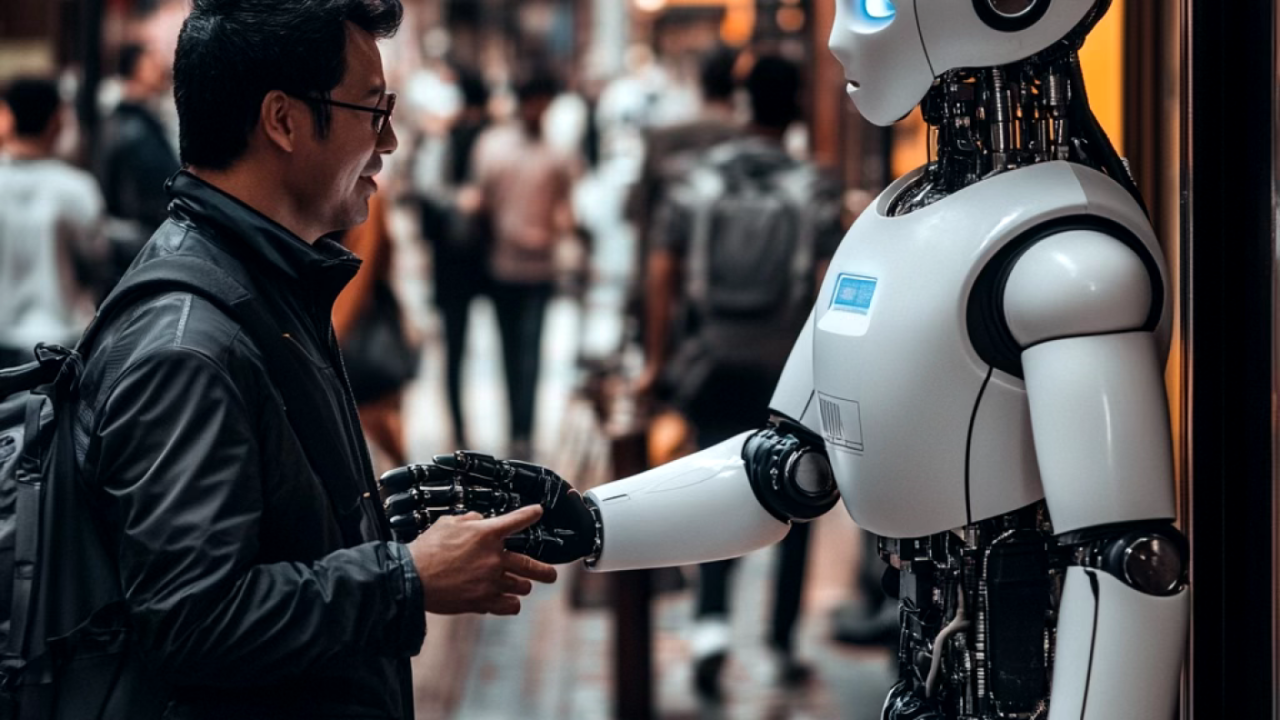In our increasingly interconnected world, the ability to communicate across languages is more important than ever. From business to travel to personal relationships, the need for accurate and fast translation has never been greater. Enter artificial intelligence (AI), a game-changer in the world of language translation. AI-powered tools are not only making communication more seamless but also breaking down the barriers that have long separated cultures and communities.

The Evolution of AI in Language Translation
Traditional methods of translation, often requiring human translators or basic translation software, were limited by speed, accuracy, and context understanding. AI has transformed this landscape by introducing neural networks and machine learning models capable of learning and adapting to the nuances of human language.
- Neural Machine Translation (NMT): AI-driven translation tools now use NMT, which relies on large datasets to understand context, idioms, and cultural references, making translations more accurate and natural. Unlike rule-based translation methods, NMT learns from vast amounts of text, improving over time and reducing the chances of errors that could lead to miscommunication.
- Real-Time Translation: One of the most significant advancements AI brings to the table is real-time translation. Whether you’re traveling in a foreign country or conducting a business meeting with international clients, AI-powered tools like Google Translate and Microsoft Translator enable real-time conversations across languages, bridging gaps instantly.
- Cultural Sensitivity and Contextual Understanding: AI doesn’t just translate words; it interprets meaning. Advanced AI systems are becoming increasingly adept at understanding cultural nuances and context, ensuring that translations are not only accurate but also appropriate and respectful of cultural differences. This is crucial in maintaining the integrity of communication, particularly in sensitive or formal situations.

Applications of AI in Language Translation
The impact of AI in language translation is vast, spanning various sectors and touching countless lives.
- Global Business: Companies can now operate more efficiently across borders, thanks to AI-powered translation tools that facilitate communication with international partners, customers, and employees. This has opened up new markets and opportunities for businesses that previously faced language barriers.
- Education: AI translation tools are helping to break down language barriers in education, making learning materials accessible to students worldwide, regardless of their native language. This democratization of knowledge is empowering individuals and communities, fostering a more inclusive global education system.
- Healthcare: In the healthcare sector, accurate and fast translation can be a matter of life and death. AI translation tools are being used in hospitals and clinics to ensure that patients receive the right information and care, regardless of the language they speak. This is particularly vital in emergency situations where there is no time for manual translation.
- Social Media and Content Creation: AI-driven translation is also transforming the way content is shared globally. Social media platforms and content creators are now able to reach a broader audience by automatically translating posts, videos, and articles into multiple languages, increasing engagement and fostering global connections.

The Future of AI in Language Translation
As AI technology continues to evolve, the future of language translation looks promising. We can expect even more sophisticated and accurate translations, with AI systems becoming increasingly adept at handling complex languages, dialects, and even slang. The integration of AI translation into wearable devices, virtual reality, and augmented reality could further revolutionize how we communicate, making the world an even smaller place.
AI for language translation is not just about converting words from one language to another; it’s about breaking down barriers, fostering global understanding, and creating a more connected world. As this technology continues to advance, the dream of a world where language is no longer a barrier to communication is becoming a reality.
By Stanislav Kondrashov



